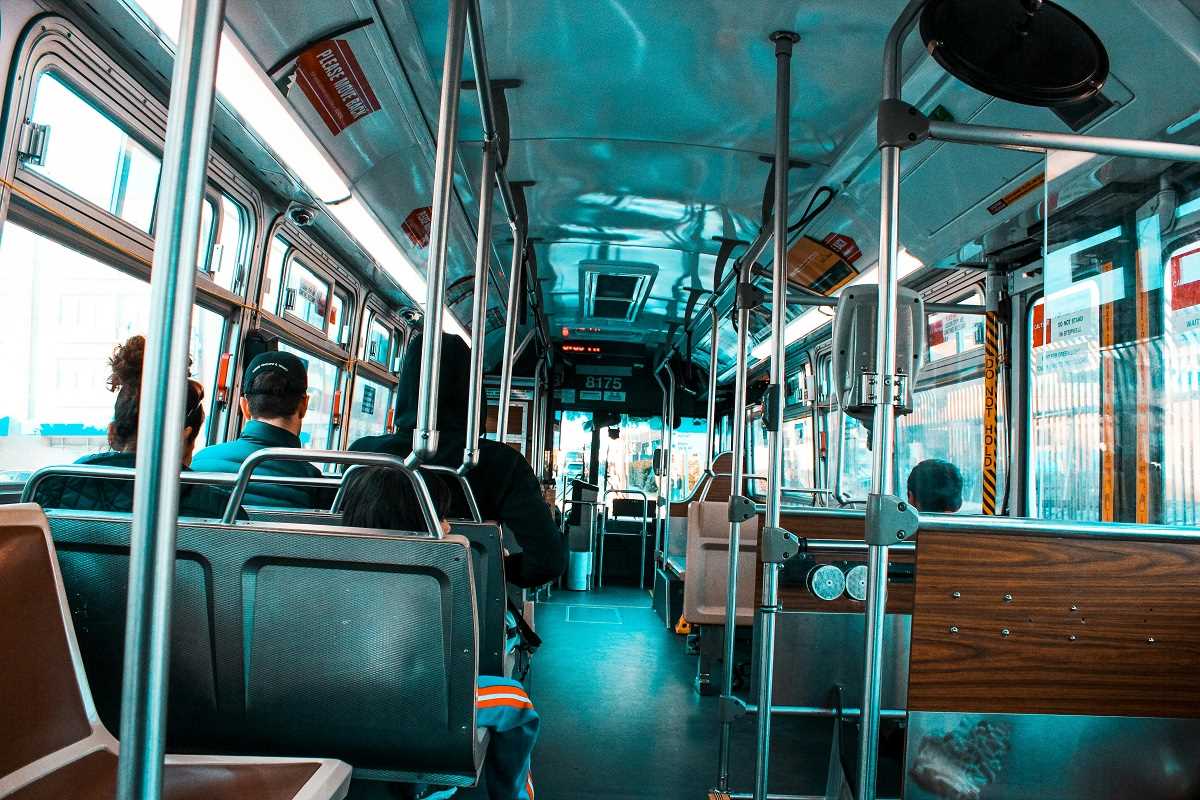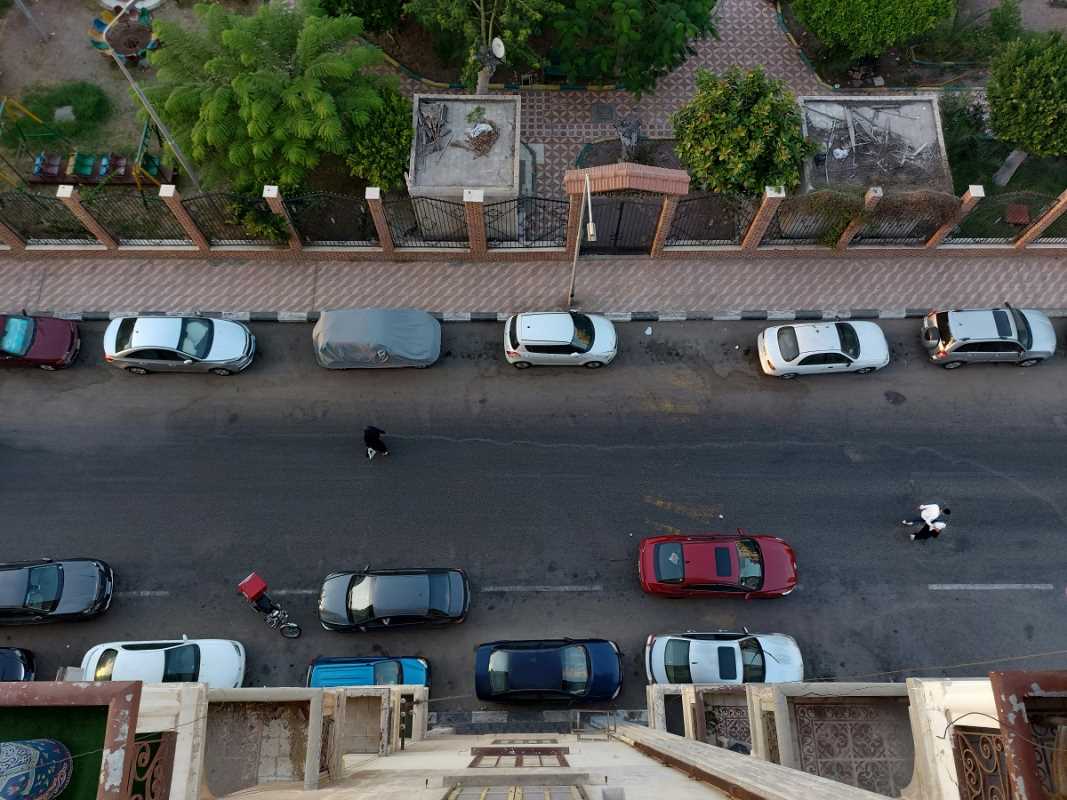Think about the last time you commuted to work, ran errands, or met up with friends. Now imagine how much harder it would have been without reliable transportation to get you there. For millions of people around the world, accessible public transportation is more than a convenience; it’s essential. It connects communities, drives local economies, and ensures that everyone has the opportunity to thrive.
But when public transit systems are unreliable, inaccessible, or simply nonexistent, people are cut off—from jobs, education, healthcare, and even their neighbors. Investing in accessible and robust public transportation isn’t just a nice-to-have; it’s a necessity for community growth. If your area wants to create a more sustainable, equitable, and prosperous future, the conversation has to start here.
Why Accessible Public Transportation Matters
Accessible public transportation does more than move people from point A to point B. It weaves together the threads of a vibrant, healthy community. Here's how:
1. Economic Development
Public transit is a catalyst for economic growth. It fuels local economies by connecting people to jobs they couldn’t otherwise reach. Think about it this way: A young worker in an underserved neighborhood gains reliable access to a new job downtown. A baker in the suburbs sells more goods because customers now find it easier to visit her shop. When transportation links are strong, opportunity spreads.
Public transportation also creates jobs directly. From bus drivers to rail engineers to maintenance crews, transit systems rely on thousands of skilled workers. And the ripple effects don’t stop there. Businesses near bustling transit hubs often see higher foot traffic and sales, turning transportation centers into hotspots of local economic activity.
2. Environmental Sustainability
If you’ve sat in rush hour traffic, you’ve likely noticed just how many cars clog the roads, each pumping out pollutants. Road traffic accounts for a substantial chunk of greenhouse gas emissions, but public transportation provides an eco-friendly alternative.
Trains, buses, and trams not only reduce the number of vehicles on the road, but they also significantly cut emissions per passenger compared to individual cars. Switching from private cars to transit systems powered by clean energy, like electric buses or trains, can dramatically shrink a community's carbon footprint while improving air quality for everyone.
When cities prioritize accessible, green public transit, they’re investing in a healthier planet for future generations.
3. Social Equity
A truly thriving community makes mobility a right, not a privilege. For many people, particularly those without a car, public transportation is the only way to get around. Whether it’s seniors who can no longer drive, students commuting to school, or individuals with disabilities navigating urban spaces, accessible transit systems are lifelines.
By ensuring affordable and equitable access to transit, communities give everyone a fair shot at attaining education, healthcare, and employment. Accessible transportation also brings people together, helping residents participate fully in civic, recreational, and cultural life.
This is about more than buses; it’s about empowering people to stay connected and engaged.
Benefits of Accessible Public Transit
Communities flourish when public transportation becomes a priority. It’s no surprise that areas with reliable transit systems tend to enjoy a higher quality of life. Here’s what accessible public transit can do:
1. Reduce Traffic Congestion
Fewer cars mean smoother roads and less time wasted in bumper-to-bumper traffic. A well-designed transit system can pull thousands of cars off the road each day, reducing commute times for everyone—including drivers.
Cities like Los Angeles have seen reductions in traffic jams after expanding their metro rail lines, proving that investment in transit can ease road stress across entire regions.
2. Improve Air Quality
Cleaner air isn’t just an environmental issue. It’s a public health one. When communities invest in fuel-efficient buses, carpooling programs, and commuter rail systems, pollutants like carbon monoxide and nitrogen dioxide begin to drop, curbing the respiratory problems and chronic illnesses caused by poor air quality.
3. Bridge Gaps Between Rural and Urban Areas
Accessible public transportation doesn’t just help cities; it can transform rural areas, too. Connecting smaller towns to urban centers allows rural communities to flourish through access to jobs, goods, and services that were once out of reach.
4. Revitalize Underserved Areas
Transit systems can directly impact the revitalization of underserved neighborhoods. Installing a bus route or a bike-share program in previously neglected areas creates value for residents and local businesses while ensuring these communities aren’t left behind in economic growth.
Public Transportation Done Right
Communities worldwide have found creative ways to make transportation work for them. These examples show what’s possible with vision and investment:
The SUCCESS of Curitiba, Brazil
Curitiba’s Bus Rapid Transit (BRT) system is a shining example of effective public transportation. Affordable, efficient, and accessible, the BRT connects the city's growing population with minimal emissions and maximum convenience. Its success has inspired similar systems across the globe.
Copenhagen, Denmark
Known for its eco-conscious city planning, Copenhagen prioritizes cycling and public transport. Its extensive bike lanes and seamless integration of trains and buses allow residents to choose sustainable options daily. Unsurprisingly, Copenhagen consistently ranks as one of the world’s happiest cities.
New York City
Closer to home, New York City demonstrates how public transit can support economic vibrancy. With its iconic subway and bus networks, New York keeps millions of workers and tourists moving. The system isn’t perfect, but its impact on the local economy and community connectivity is undeniable.
Steps to Improve Public Transportation Accessibility
Want to advocate for better transit in your community? Here are some key actions that both individuals and local governments can take to improve accessibility and effectiveness:
1. Push for Funding
Advocate for increased investment in public transportation at the local, state, and national levels. Funding is often the biggest roadblock, so building public and governmental support for budgets that prioritize accessibility is crucial.
2. Design for Inclusion
Transit systems should meet the needs of everyone, including seniors and individuals with disabilities. This means ramps, elevators, audio announcements, braille signage, and comfortable seating in all public transportation modes. Communities can partner with accessibility advocates to get it right.
3. Invest in Green Technology
Transitioning to electric or hybrid buses and trains reduces carbon emissions and long-term operating costs. Even smaller initiatives, like creating solar-paneled bus stops, contribute to sustainability and energy efficiency.
4. Develop Regional Connectivity
Communities thrive when their transit systems expand beyond city limits. Interconnected rail and bus networks that link surrounding counties and towns allow economic and social activity to flourish.
5. Engage the Community
Ask residents what they want and need. Surveys, focus groups, and community forums give people a voice in transit planning, ensuring the solutions are realistic and beneficial to locals.
The good news? We can start small. From lobbying for better bus service to supporting new bike-share programs, every action matters. Public transportation is more than infrastructure; it’s the heartbeat of vibrant, connected, and sustainable communities.
 (Image via
(Image via





